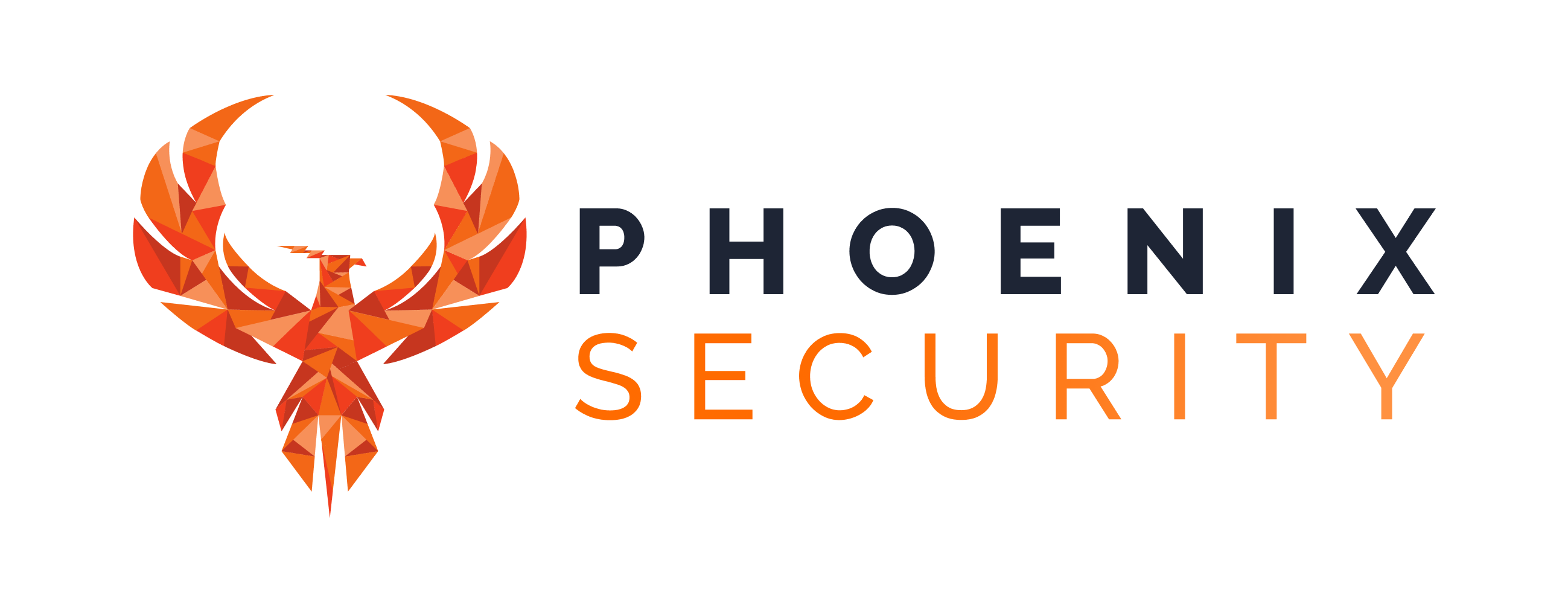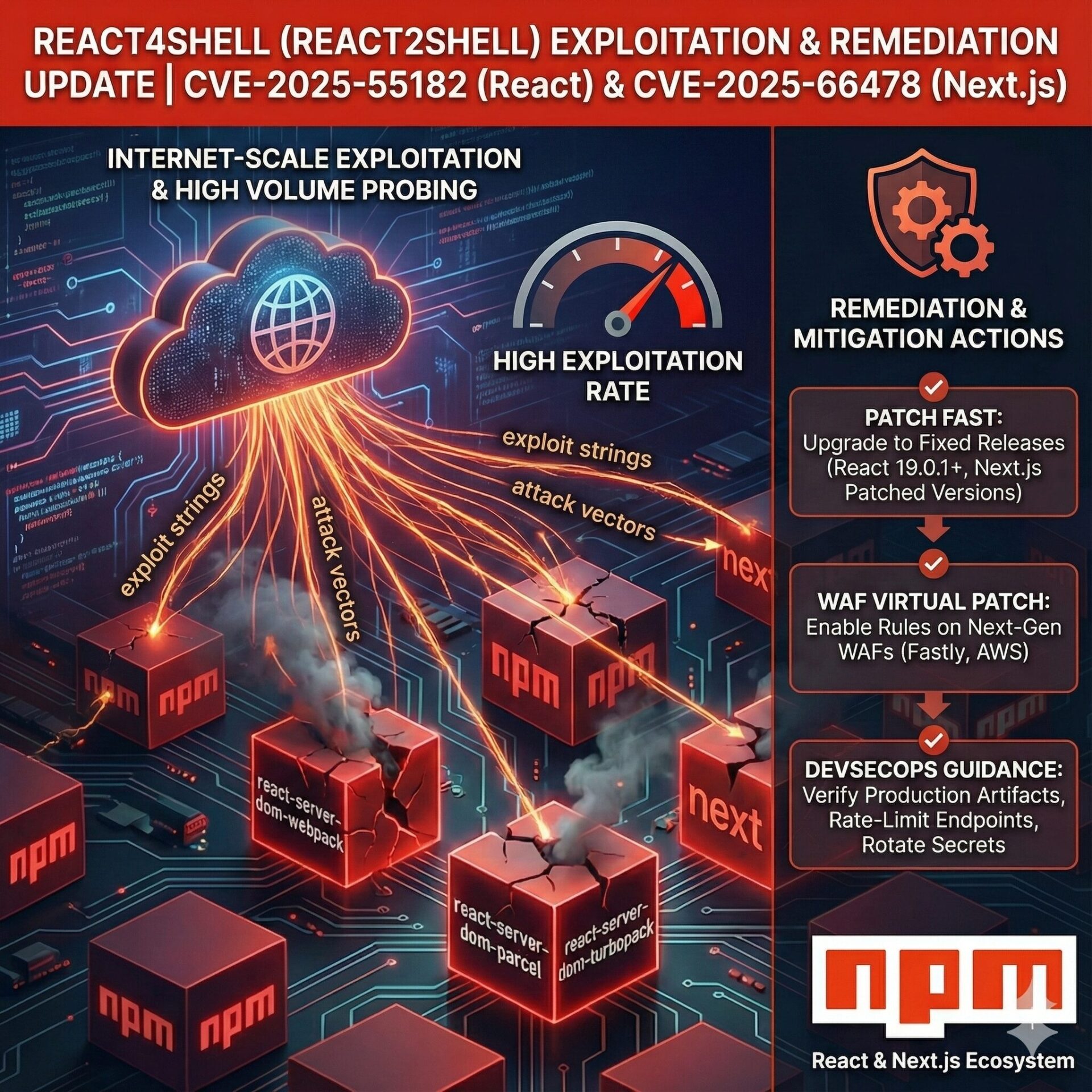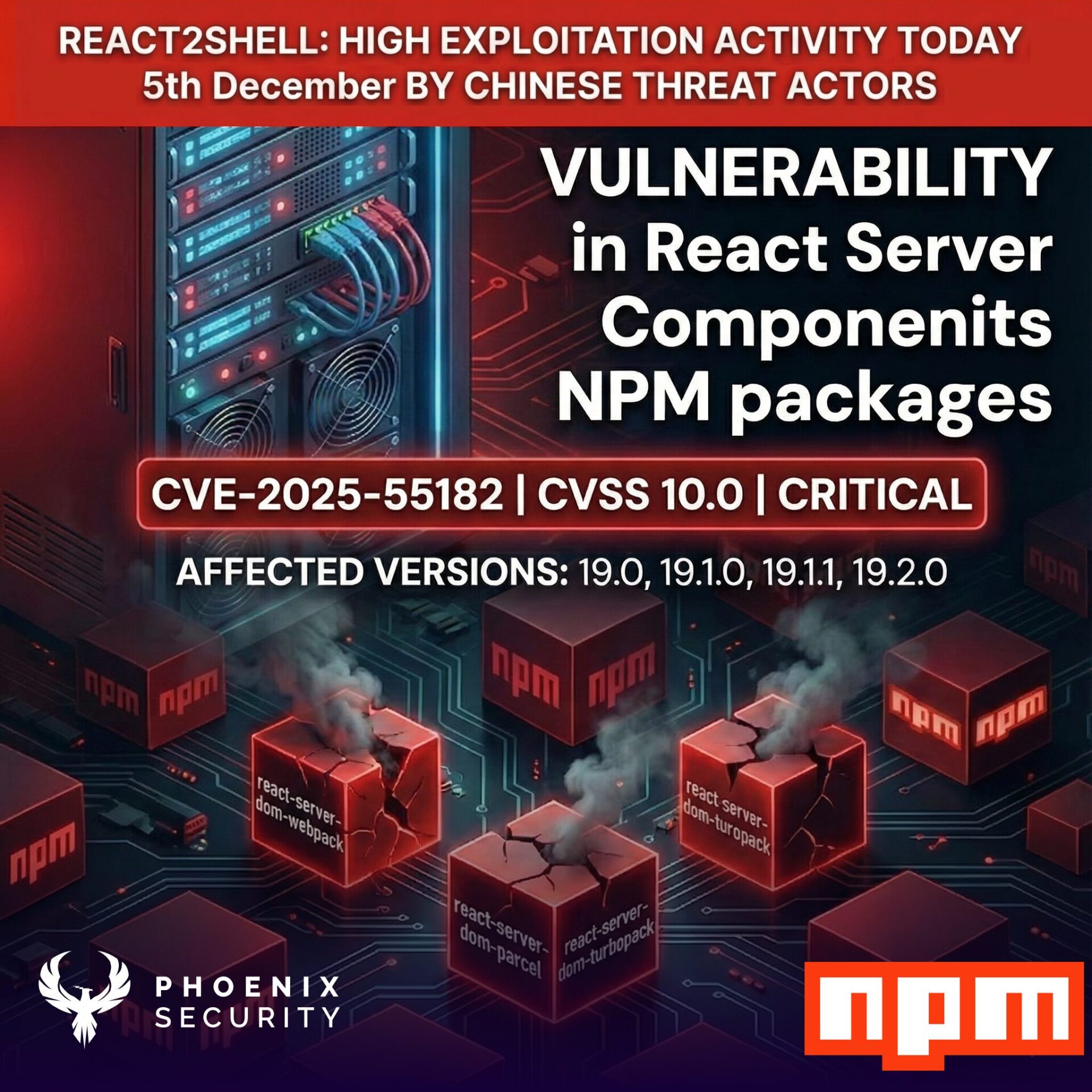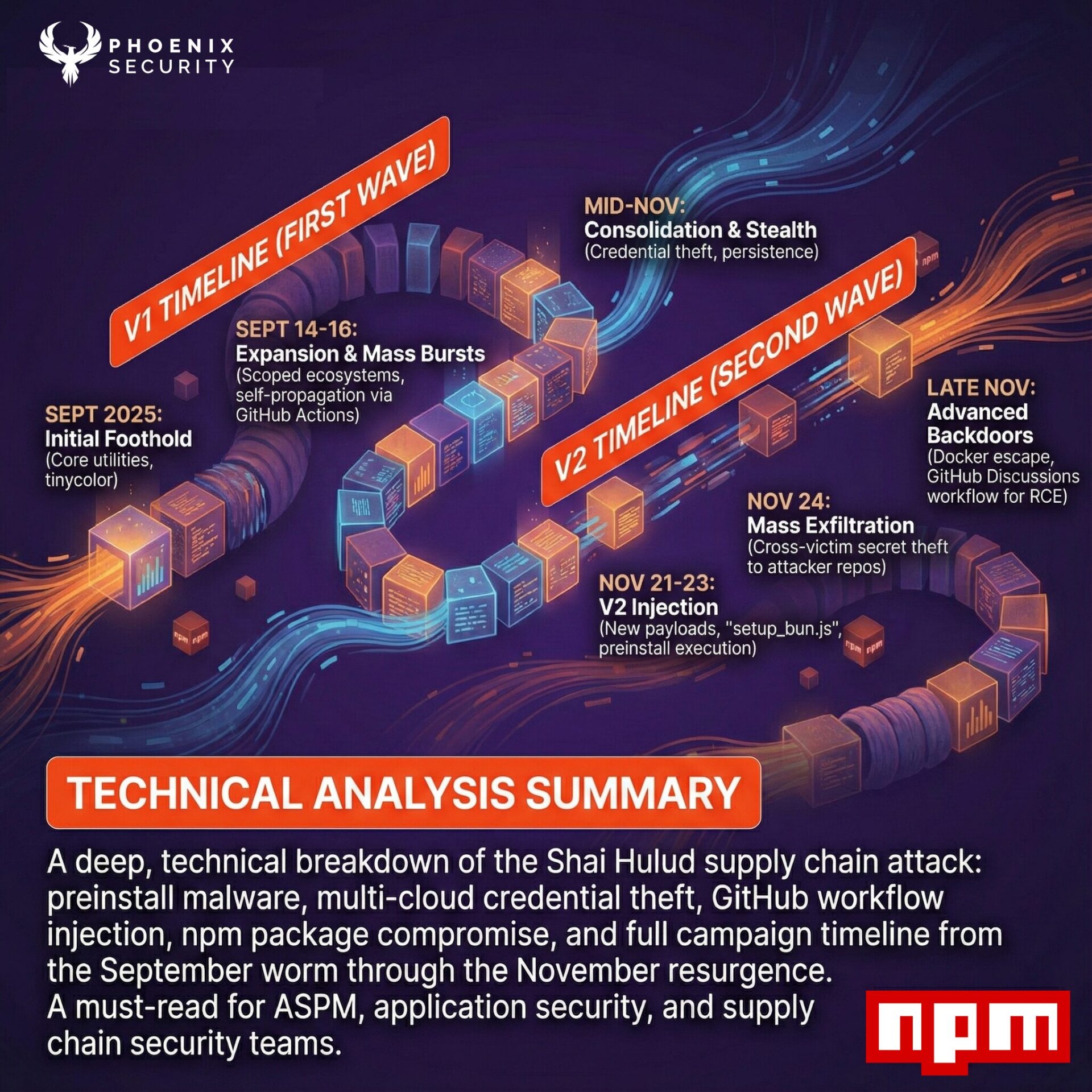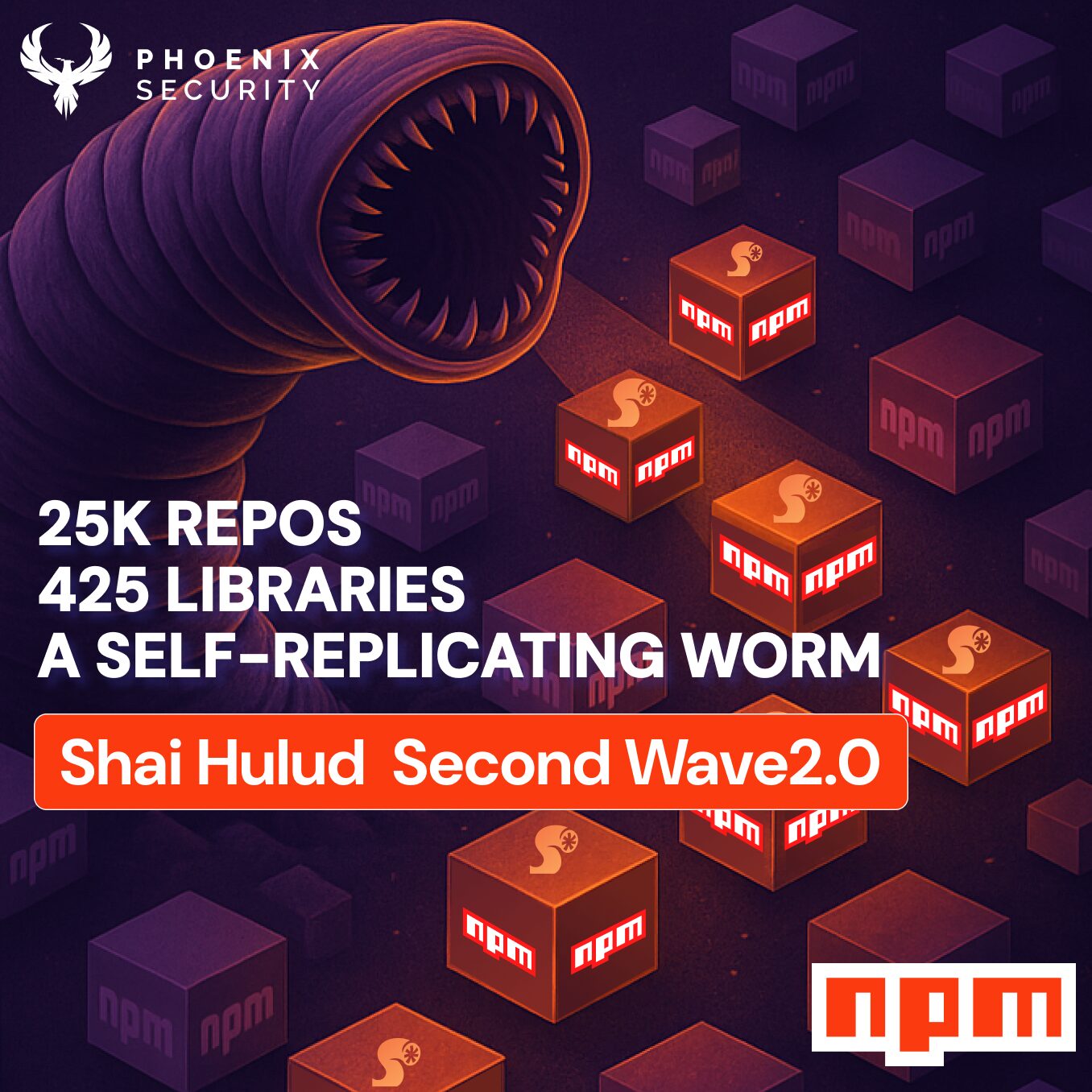The effort that CISA has recently made to change the way software security companies do security and responsibly is admirable. That’s why Phoenix Security’s commitment to the Cybersecurity and Infrastructure Security Agency’s (CISA) Secure by Design Pledge is a significant stride towards a more secure future. This article delves into how Phoenix Security is not just committing and adhering to but also helping clients accelerate the achievement of the principle in the CISA Pledge, particularly focusing on the comprehensive controls currently in place.

Understanding the CISA Secure by Design Pledge
The CISA Secure by Design Pledge is a voluntary initiative that encourages software manufacturers to implement proactive security measures in their development processes. By signing this pledge, companies commit to a series of goals aimed at enhancing the security and integrity of their software products and services. These goals include increasing the use of Multi-Factor Authentication (MFA), eliminating default passwords, and accelerating the deployment of security patches. More about the pledge can be found on the CISA Pledge Page.

Phoenix Security’s Role in Advancing Cybersecurity
Phoenix Security has stepped up as a frontrunner in embracing and implementing the principles of the CISA Pledge. Here’s a closer look at the controls and strategies Phoenix has in place:
1. Proactive Vulnerability and Breach Disclosure
- Vulnerability Disclosure: Phoenix Security promotes a transparent approach by allowing controlled exposure of vulnerabilities. This not only aligns with CISA’s expectations for vulnerability disclosure but also enhances them by incorporating comprehensive risk assessment workflows.
- Breach Disclosure: Compliance with breach notification standards is not just about adhering to legal requirements; it’s about trust and transparency. Phoenix’s breach disclosure practices ensure all stakeholders are informed promptly, maintaining a clear and trustworthy communication channel.
2. Eliminating Default Passwords
- In a bold move to secure identity management, Phoenix has eradicated the use of default passwords. By generating custom and random credentials via their robust identity platform, Phoenix ensures each software instance begins with a secure foundation, significantly reducing the risk of unauthorized access.
3. Mandatory Multi-Factor Authentication
- Phoenix doesn’t just support MFA; it mandates its use across all critical systems. This policy extends to recommending and enforcing MFA for all Phoenix clients, thereby fortifying the security posture against potential breaches significantly.
4. Enhanced Patch Management
- Phoenix Security identifies and prioritizes patches through an analysis that considers exploitability and alignment with the CISA Known Exploited Vulnerabilities (KEV) list. By accelerating the patching process, Phoenix ensures vulnerabilities are addressed swiftly, reducing the attack surface effectively. For further insight, read Phoenix’s analysis on the CISA KEV.
5. Comprehensive Reporting and Rapid Remediation
- Committing to rapid CVE reporting, Phoenix enriches vulnerability records with CWE and CPE details, providing clarity and actionable information that aids in swift remediation efforts.
Conclusion

Phoenix Security’s commitment to the CISA Secure by Design Pledge is more than just a compliance checklist; it’s a cornerstone of their security strategy. By aligning with CISA’s guidelines and going beyond them, Phoenix not only protects its products and services but also contributes to the broader goal of helping its customers enhance accelerate and demonstrate adherence to the principle. Phoenix Security remains committed to protecting the companies in the United States, United Kingdom and across the world by producing secure software and reacting quickly to vulnerabilities.
